An Update on our Tree Planting Pledge
In May of 2020, our stewardship crew placed a small red flag in the ground. The bare sticklike plant next to it was marked sapling #1.
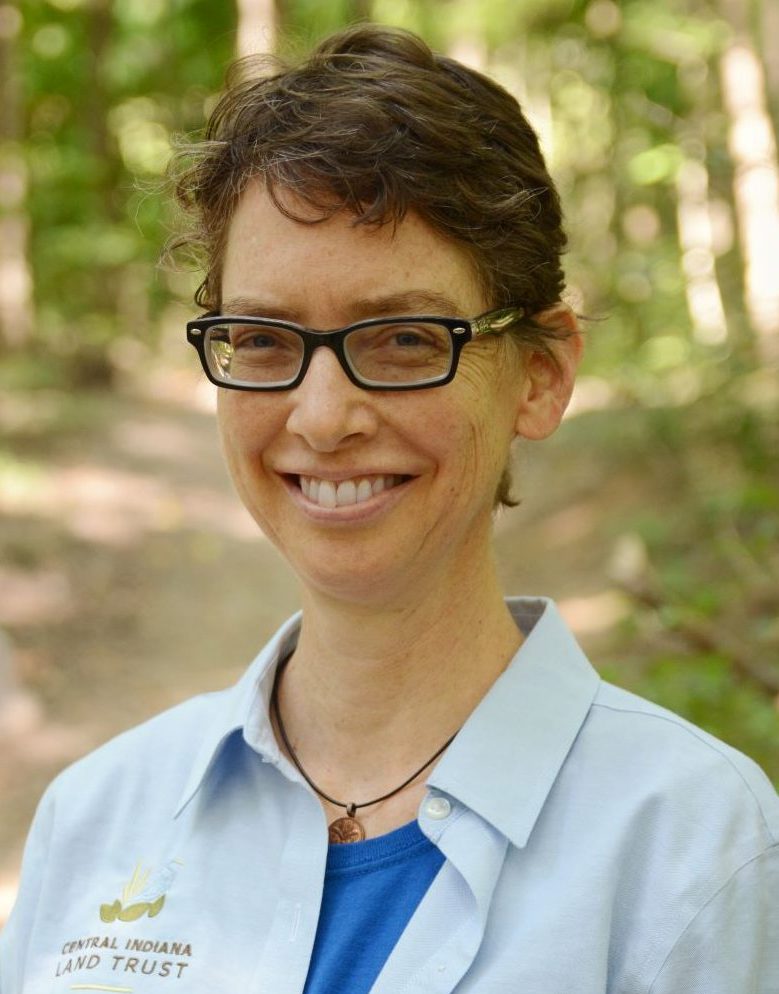
Shawndra Miller
Communications Manager
An Update on our Tree Planting Pledge
In May of 2020, our stewardship crew placed a small red flag in the ground. The bare sticklike plant next to it was marked sapling #1.

Communications Manager
Today is Juneteenth. The federal holiday celebrates the day in 1865 when Union troops told the remaining enslaved people they were emancipated.
As we mark this day in our nation’s past, it’s a good time to consider an aspect of history reflected in our conservation work. The common names of countless species reflect our nation’s racist past.

Communications Manager
We have some exciting news. The Herbert Simon Family Foundation has generously offered a matching grant to support our mission. Every dollar you donate by September 1, 2024, will be matched up to $50,000. Continue reading

Communications Manager
FOR IMMEDIATE RELEASE
Purchase prevents housing development from going into middle of national forest
The Central Indiana Land Trust, Inc. (CILTI) has closed on the purchase of 80 acres in Orange County that will eventually be added to the Hoosier National Forest. The property, known as the Lowe tract, was purchased at auction last month from private owners for $541,000. Continue reading

Media Relations
We recently closed on a six-acre addition to Callon Hollow, a nature preserve in Johnson County. Located in one of the most biodiverse forested areas in the state, this nature preserve offers habitat for species like broad-winged hawks, hooded warblers, and Eastern box turtles. Continue reading

Communications Manager
Did you know that CILTI goes through a rigorous process to ensure we are operating at the highest possible conservation standards? The Land Trust Accreditation Commission, the national accrediting body for land trusts, has renewed our accredited status! Continue reading

Communications Manager
by Cliff Chapman
President, Central Indiana Land Trust
Those white-flowering trees you see along the highways and in neighborhoods throughout Central Indiana might seem like a welcome harbinger of spring, but they actually represent a threat similar to one recognized more than 60 years ago in the landmark book Silent Spring. Continue reading
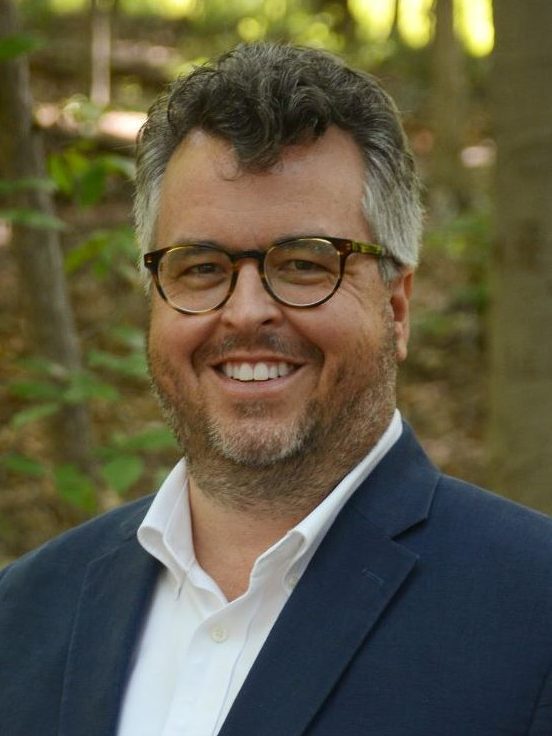
President and CEO
With a high plant diversity and stable plant populations, a prairie can provide habitat for a plethora of insects and birds. That’s one thing that makes our Nonie Werbe Krauss Nature Preserve so special. Almost 90 species of birds have been found on CILTI’s only prairie habitat nature preserve. Continue reading
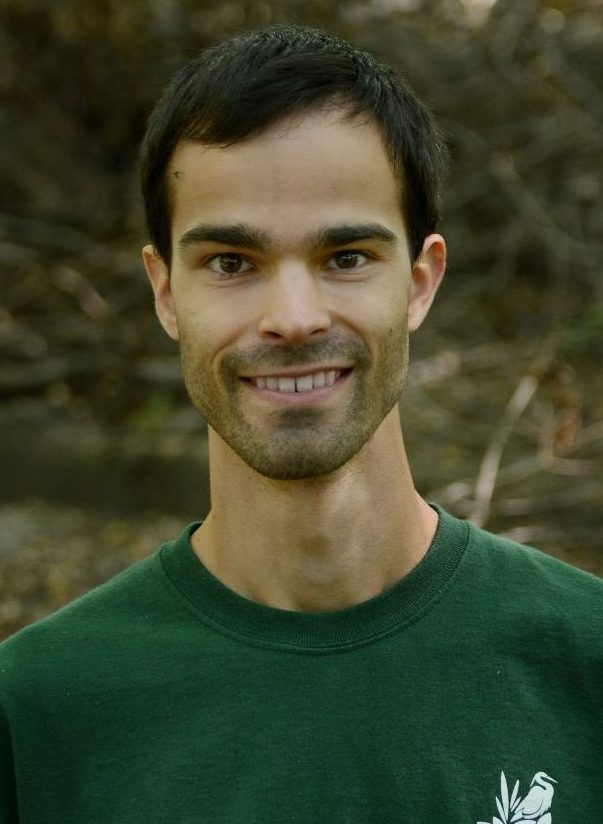
Stewardship Specialist
Ellen Jacquart was CILTI’s founder and first president. Now a board member, she contributed these thoughts on what it was like to pioneer starting a land trust in 1990.
After grad school, I moved to Indiana in 1987 to work as an intern at the Indiana DNR Division of Nature Preserves. That job transformed my life.
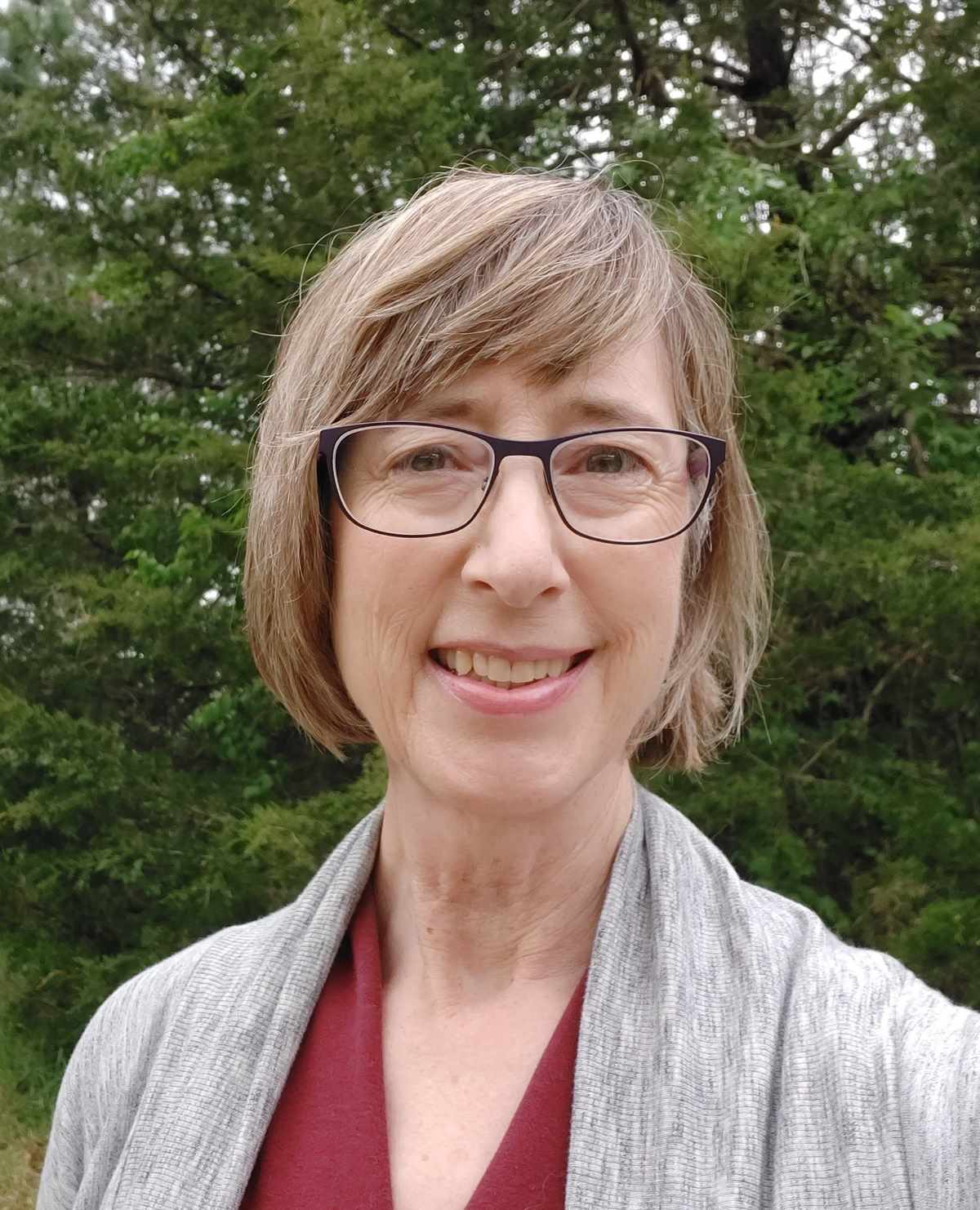
Board Member
Final in a series by board member John Bacone
Note: A version of this series appeared in the Indiana Parks Alliance newsletter and the Indiana Native Plant Society Journal.
Savannas, which are natural communities comprised of widely spaced oak trees in a matrix of prairie forbs, once were common in Indiana, especially in the northwest part of the state. Excellent examples of these fire-dependent communities have been protected at Stoutsburg Savanna and Tefft Savanna Nature Preserves in Jasper County and Conrad Station Nature Preserve in Newton County. Continue reading
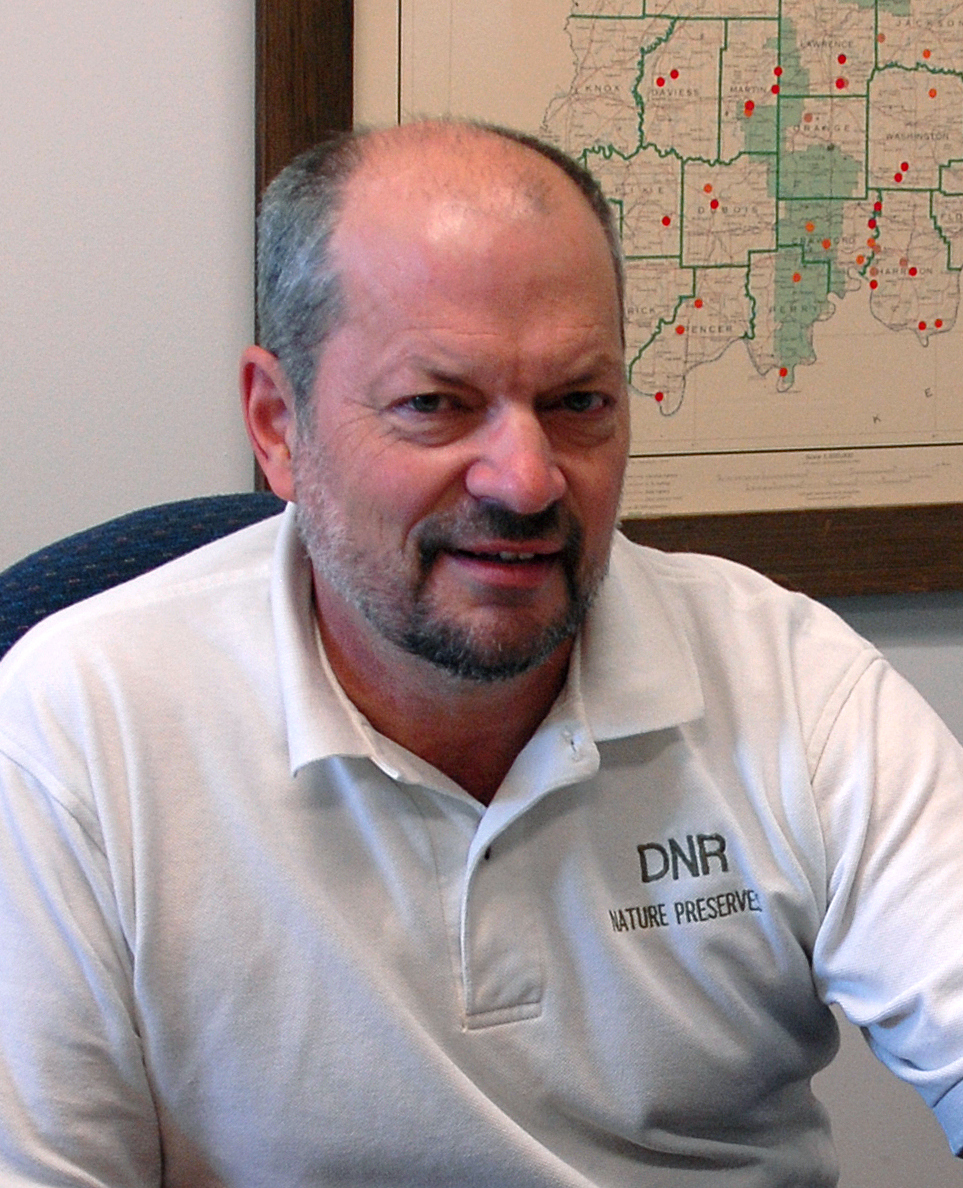
Secretary